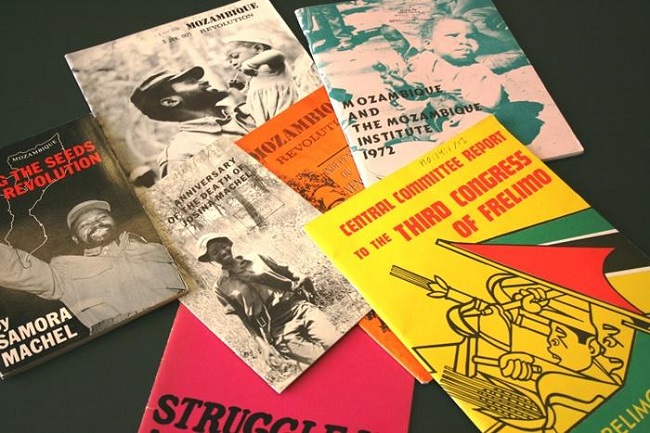Sweden-based institute to digitize Tanzanian documents
Posted by admin on Monday, August 28, 2017 · Leave a Comment
It started with a conversation at a conference and ended up as a UNESCO project at the Sweden-based Nordic Africa Institute (NAI).The collaboration with UNESCO and the National Archives of Tanzania, as part of the larger Tanzania Heritage Archives Project (TAHAP), means that unique documents are digitized at the institute.
The documents housed at the Nordic Africa Institute consist of pamphlets, brochures, essays, documents, posters, leaflets, telegrams and incomplete periodical series. A major part of the collection originates from or deals with African liberation movements.
“Tanzania played a big role for other African countries by providing political support in the liberation struggle”, says NAI director Iina Soiri.
For Tanzania, material about the country’s own liberation or involvement in the struggle of other African countries is of interest. NAI lists the available material, sends the list to the National Archives in Tanzania, which returns with a request about which material should be digitized.
Digitization is crucial for all special libraries in order to make sure that unique resources are saved for future generations. This project is an opportunity for us to improve our digitization capacity and stay up-to-date with the latest progress”, says Åsa Lund-Moberg, head of the NAI library.
Copyright and licensing can cause a halt in the ongoing development. Authors and photographers need to be contacted to approve the use and dissemination of the digitized material still covered by copyright. In this particular UNESCO project, the Tanzanian partner is handling this aspect.
“Hopefully, when the project is finalized the documents will be made available to the public”, says Iina Soiri.
The Swedish engagement in the African liberation movements generated political flyers, posters and literature making its way to the Nordic Africa Institute library during the sixties, seventies and eighties.
The original documents will remain archived at the institute. Due to the extent of the material and lack of resources, it is only being listed and not fully cataloged. The lists will give interested users an overview of the content of the collection and it will be digitally searchable.
TEXT AND PHOTO: Susanna Dukaric
Nordic Africa Institute
Filed under News · Tagged with


